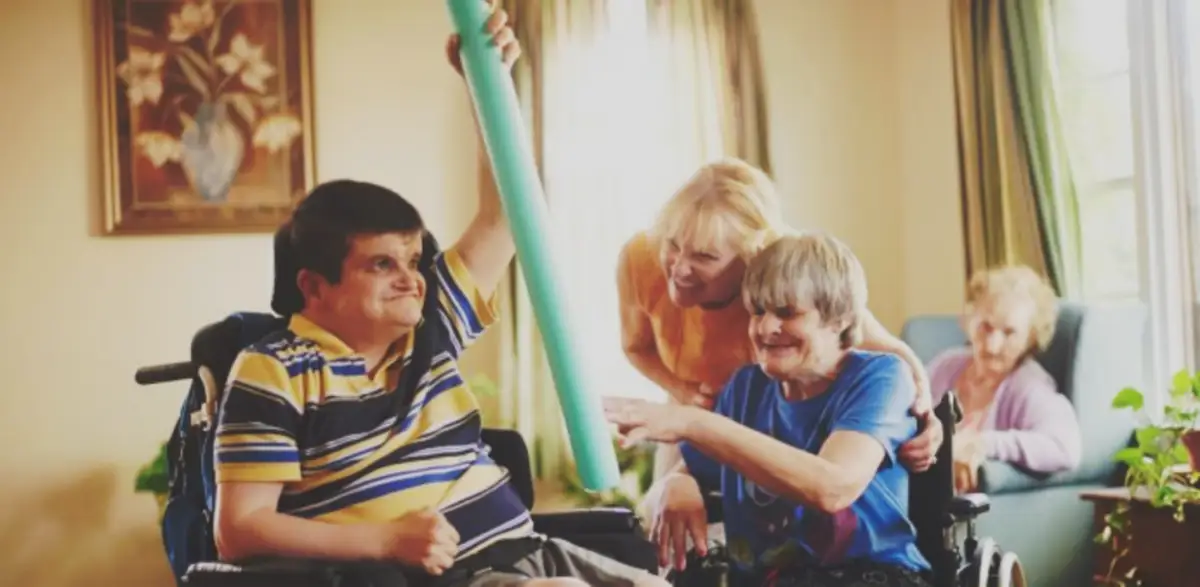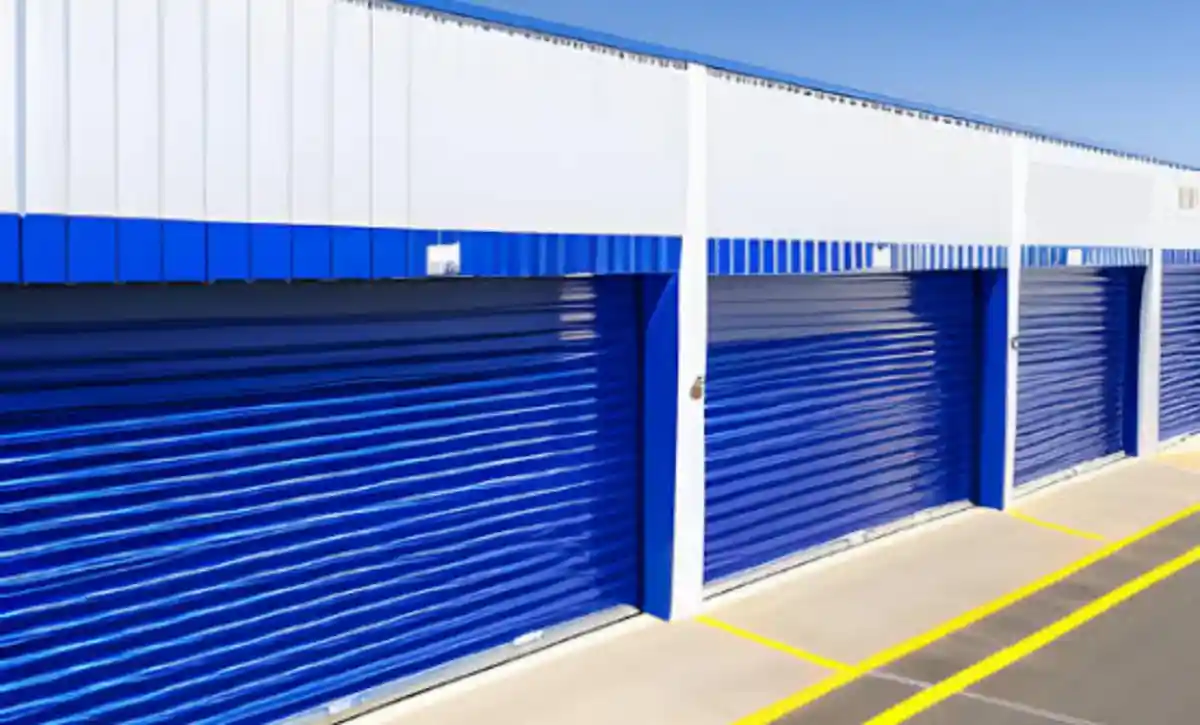Starting a group home typically revolves around assisting those in need. In its essence, a group home offers non-medical care round the clock in a structured environment. But you also need to know the cost to start a group home.
The common objective is to cater to a range of individuals including the elderly, individuals dealing with substance abuse, and those with physical or mental disabilities. In such a setting, one can provide essential support and care to these people, thus making a significant impact on their lives. You need to gauge the system before going in, and that begins with knowing the start-up cost, which we have discussed in this post.
How Much Does it Cost to Start a Group Home?

A group home, also known as a residential care facility, can be rewarding but it also requires a substantial initial investment. The cost of starting a group home depends on the size and location of the home, the number of residents it will accommodate, the level of care provided, as well as local regulations.
Here’s a general breakdown of the start-up costs for all states:
Table 1: Estimated Startup Costs for a Group Home
| Cost Category | Estimated Cost Range |
|---|---|
| Property Acquisition | $100,000 – $500,000 |
| Renovations/Upgrades | $10,000 – $100,000 |
| Furnishings/Equipment | $5,000 – $20,000 |
| Licensing/Permit Fees | $500 – $2,000 |
| Insurance | $2,000 – $5,000 per year |
| Staffing (initial) | $5,000 – $10,000 per month |
| Utilities/Operating Expenses (initial) | $1,000 – $3,000 per month |
| Marketing/Advertising | $1,000 – $5,000 |
| Legal/Professional Services | $2,000 – $5,000 |
Consider ongoing costs such as salaries, utilities, food, and supplies when calculating the overall investment. For accuracy in your estimate, consult with professionals or group home organizations in your specific area.
Just to reiterate: one of the largest expenses will likely be acquiring the property for your group home. Depending on the local real estate market and the size and quality of the property, this ranges from $100,000 to $500,000 or more.
Renovation and upgrading costs also come in for the property to meet the required standards and provide comfortable living arrangements which can add another $10,000 to $100,000 to the initial costs. You need furnishings and equipment too, so that’s $5,000 to $20,000 when you include beds, kitchen appliances, safety equipment, and recreational items.
Licensing is mandatory, and the fees can range from $500 to $2,000 depending on your state. And then there are insurance costs, which go from $2,000 to $5,000 per year. These are just the top expenses that may add to the cost to start a group home.
How Profitable is a Group Home?
It is profitable but that depends on the level of care you would provide, the number of residents, the and fee structure. Belo, we have developed a rough estimate.
Table 2: Estimated Revenue and Profit for a Group Home
| Revenue/Expense Category | Estimated Monthly Amount |
|---|---|
| Revenue (6 residents @ $3,000 each) | $18,000 |
| Staffing Expenses | -$6,000 |
| Food and Supplies | -$1,200 |
| Utilities and Maintenance | -$1,000 |
| Insurance | -$400 |
| Miscellaneous Expenses | -$400 |
| Net Profit | $9,000 |
So, if you are able to charge $3,000 per resident per month and have 6 residents, you could generate a revenue of $18,000. After deducting estimated monthly expenses (staffing, food, utilities, insurance, etc.), you might have a net profit of around $9,000.
The revenue for a group home primarily comes from the fees charged to residents. These fees can vary widely, but for this analysis, let’s assume a fee of $3,000 per resident per month. If the home has the capacity and is approved to house 6 residents, this could generate a monthly revenue of $18,000.
Let’s try to look again at the most costs. A significant portion of this revenue goes to operating costs. The largest of these costs is typically staffing. Providing round-the-clock care requires several full-time employees, and their salaries can amount to $6,000 or more per month. Other major monthly expenses can include food and supplies (about $1,200), utilities and maintenance (about $1,000), insurance (about $400), and miscellaneous expenses (about $400).
Remember that these are just rough estimates on our end!
Group Home Cost Per Person
The monthly cost for a resident in a group home in the United States can range from $1,500 to $7,000 or more. Let’s hypothetically break down the monthly group home costs for a resident:
Table 3: Group Home Monthly Cost Breakdown
| Cost Category | Cost |
|---|---|
| Rent/Room & Board | $600 |
| Food & Beverages | $400 |
| Utilities (Water, Electricity, Internet, etc.) | $200 |
| Household Supplies & Maintenance | $100 |
| Staff Salaries (Including Caregivers) | $2,000 |
| Activities & Outings | $200 |
| Total | $3,500 |
This breakdown is not the actual costs, so expect changes. For instance, residents with special needs might require more intensive care or medical supplies, which could significantly increase costs. It’s also worth noting that these costs are often covered by a combination of residents’ personal income (such as social security), state or federal subsidies, and possibly private insurance.
Recent trends indicate that the demand for group home services is increasing, especially for the elderly and those with disabilities, which could potentially influence the cost per person.
Requirements for a Group Home

The requirements for starting and operating a group home can vary widely based on location and the specific type of home (e.g., homes for the elderly, children, or individuals with disabilities). Here are some common requirements that many group homes must meet:
Table 4: Common Group Home Requirements
| Requirement | Description |
|---|---|
| Licensing | Most states require group homes to be licensed. The licensing process often involves inspections and ongoing compliance with state regulations. |
| Staffing | Group homes typically need to have a sufficient number of staff members to provide adequate care for residents. Staff often need to meet certain qualifications and undergo background checks. |
| Facilities | The facilities should be safe, clean, and suitable for residents. This can involve complying with local zoning laws, building codes, and accessibility requirements. |
| Services | Group homes often need to provide a certain level of services, such as meals, medication management, and assistance with daily activities. |
| Resident Rights | Your group homes must respect and protect the rights of the residents, including privacy, freedom from abuse or neglect, and the right to make personal decisions. |
These are just generalized requirements for no specific state. So, you need to refer to your specific state’s requirements, which are generally similar to these anyway.
Will the Government Pay You to Start a Group Home?
Yes, but they won’t cover all your expenses. But the good news is that governments at various levels do provide financial assistance to individuals or entities looking to start a group home. This support comes in the form of grants, low-interest loans, or even subsidies. Federal agencies like the U.S. Department of Health and Human Services (HHS) often provide grants for group homes serving specific populations, such as those with mental or physical disabilities or at-risk youth.
At the state level, funding typically comes from the Departments of Human Services, Social Services, or similar agencies.
At the local government level, you may get incentives, including reduced property taxes or zoning variances.
Understand that these funding sources can offset some costs and often come with stipulations. However, they don’t typically cover all expenses related to starting/operating your group home.
What Are the Different Types of Group Homes?
According to the Centers for Disease Control and Prevention (CDC), there are 28,900 residential care communities with 996,100 licensed beds and 811,500 residents in the United States. And these are of different types, which include:
1. Homes for the Elderly
Also known as “assisted living residences” or “residential care homes”. they cater to seniors who may require assistance with daily activities but do not need full-time medical care. They offer a community-like atmosphere with professional staff available to assist residents.
2. Homes for Individuals with Disabilities
These homes provide a supportive living environment for individuals with physical or intellectual disabilities.
3. Homes for Children or Youth
Homes for Children or Youth typically look after children or adolescents in foster care, who have behavioral or mental health issues or are otherwise unable to live with their families.
4. Sober Living Homes
these are also commonly referred to as recovery residences. Sober living homes typically offer a supportive, drug-free environment for people who are recovering from substance abuse.
How Do I Get Started in Opening a Group Home?
Let’s try to summarize the start-up steps:
- Know your target. Decide on the population you wish to serve—whether it’s elderly individuals, at-risk youth, individuals with disabilities, or another group. This will inform the services you offer, the type of staff you’ll need, and the regulations you’ll need to follow.
- Create your own business plan. This should include detailed information about your target market, your marketing and operational plans, your budget, and your funding sources. It should also outline your revenue projections and startup costs, which, according to the American Healthcare Association, can range from $60,000 to $200,000 or more, depending on various factors.
- Secure your source of funding. Apply for grants, loans, or other types of funding from federal, state, or local sources. You may also consider private funding sources like loans or investments.
- pick the best location. The location should be in a safe area and have the necessary facilities to cater to the needs of your residents. It must also comply with local zoning laws.
- Follow the legal requirements. Obtain the necessary licenses and permits, which can vary by state and the type of residents you serve. You’ll also need to meet health and safety regulations, which can include fire safety, accessibility requirements, and health inspections.
- Hire qualified staff only. Depending on the type of group home, this might include social workers, nurses, therapists, and other support staff.
When you have these in place, don’t hesitate to market group home. Digital marketing, referrals from local health or social service agencies, or partnerships with local community organizations will help create the needed awareness for your group home.
Frequently Asked Questions
How much do group homes make in Florida?
The average hourly pay for Group Homes jobs in Florida is $15.24, with salaries ranging from $8.20 to $19.98. The majority of salaries fall between $14.52 (25th percentile) and $18.51 (75th percentile), and the top earners (90th percentile) make an annual income.
How much do group home owners make in Wisconsin?
The average hourly pay for Group Homes jobs in Wisconsin is $18.03, with salaries ranging from $9.66 to $23.53 on ZipRecruiter. However, most salaries in this category fall between $17.07 (25th percentile) and $21.78 (75th percentile) in Wisconsin.
Who regulates group homes in Maryland?
The Maryland Office of Licensing and Monitoring (OLM) regulates the licensing and monitoring of residential child care programs (RCCP) and child placement agencies (CPA).
What state pays the most for group homes?
Group home workers in the US generally earn between $13 and $25 per hour. The top-paying states for group home workers are Hawaii ($52,044), Alaska ($51,579), and Delaware ($49,309) — data according to Zippia.
How much does a group home cost per month in Florida?
In Florida, for example, the average monthly cost of assisted living is $4,000, as per Genworth’s 2021 Cost of Care Survey. The range of costs in the state varies significantly, with an average low of $2,350 and an average high of $5,300 per month.
Resources
- Understanding Unlicensed Care Homes: Final Report. ASPE
- Fair Housing Act Manual. HUD
- Your Rights and Protections as a Nursing Home Resident. Centers for Medicare & Medicaid Services
- Residential Care Communities. CDC
Read also: How to Start a Homeless Shelter with Government Funds





